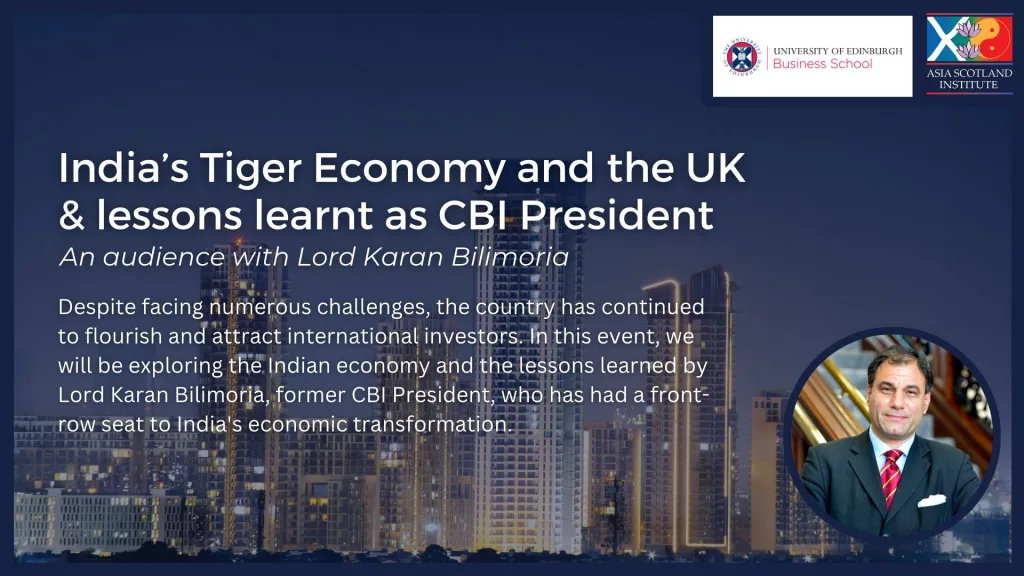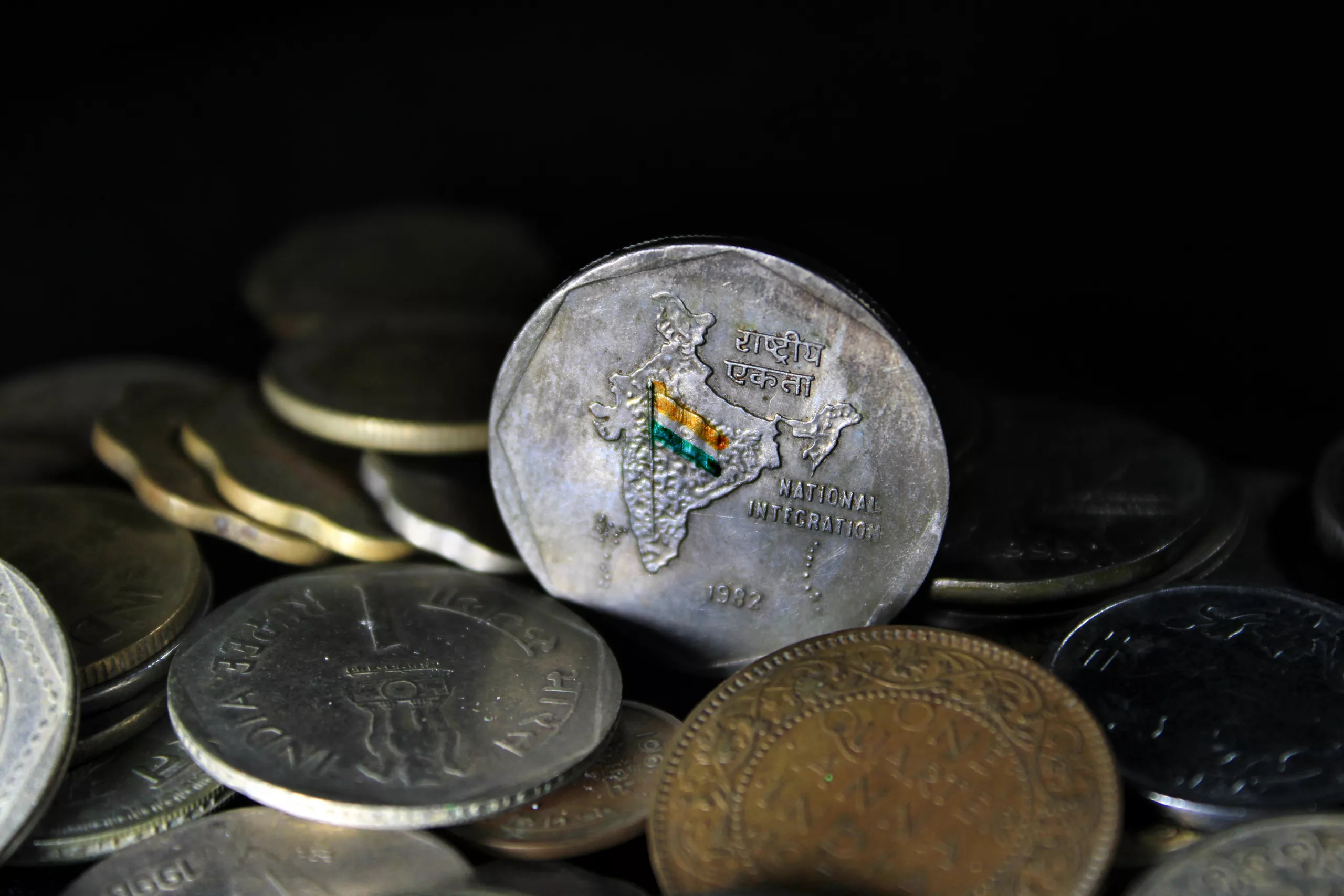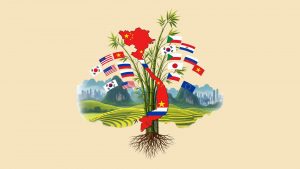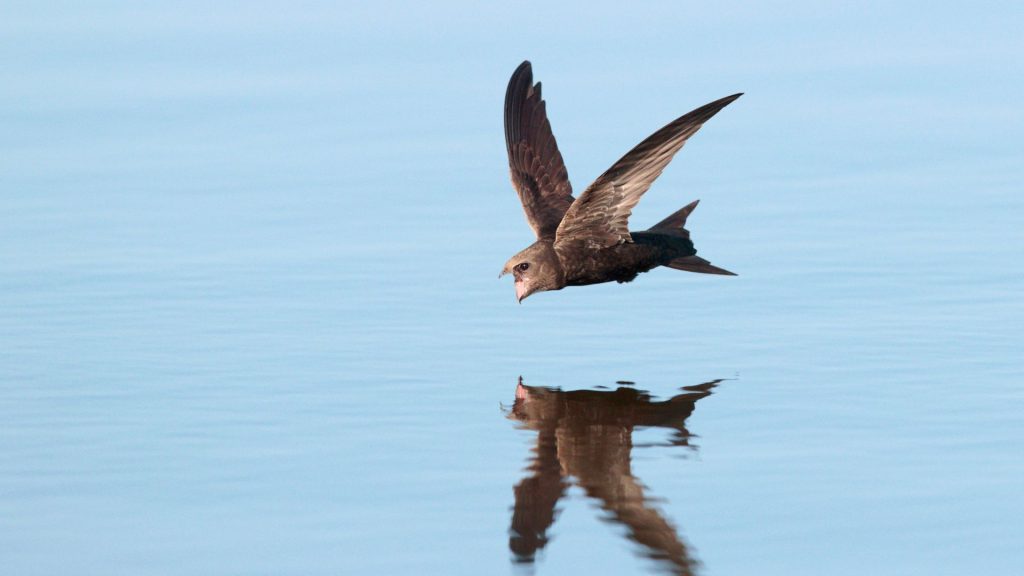To discuss India’s rise, and what it might mean for Britain, Asia and the world at large, the Asia Scotland Institute was honoured to host Lord Karan Bilimoria, recently President of the Confederation of British Industry, Chancellor of the University of Birmingham, and founder of Cobra Beer, for an evening of discussion at the University of Edinburgh Business School. Watch the recording here:

The statistics for India boggle the mind. Home to 1.38 billion people, it will surpass China as the world’s most populous country this year and is forecast to keep growing until 2047. The world’s largest democracy, India has 800 million eligible voters – more than the US and EU combined – who all vote electronically. It has the most internet users in the world, the most mobile phones, and the greatest number of digital bank transactions. A boisterous civil society, it has over 100,000 published newspapers, prints hundreds of thousands of new books in two dozen different languages every year, and is home to millions of unique websites. It might even have the world’s largest number of English speakers, depending on how you define this. And it’s getting rich.
India has averaged a 7% annual growth rate over the last decade, whereas Britain has managed just an average of just 0.5% since 2008. It is now the world’s fastest growing economy: every day, more and more Indians are lifted out of dire poverty and catapulted into modern life. In contrast to China, these trends show no sign of stopping. India is predicted to overtake Germany and Japan to become the world’s third-largest economy by 2030, and according to the most bullish predictions, may even overtake the US and China to become the world’s number-one economy by 2050. An entire subcontinent is on the move, the talent of its people unleashed.
And Indians are among the world’s most entrepreneurial people. According to the Times of India, 15.8% of the entire global pool of MBA holders are Indians. The CEOs of Google, Microsoft, IBM, MasterCard, Chanel and PepsiCo were all born there. (So was the founder of OnlyFans, but that’s another matter). The Prime Minister, Rishi Sunak, and the US Vice President, Kamala Harris, are both of Indian descent.
It’s hardly surprising, then, to hear India described as the next ‘Asian tiger’, even more now that those economies that were first off the starting block – Japan, South Korea, Taiwan and especially China – have all since stumbled, facing serious demographic, social and environmental headwinds. India combines a young, growing population with a reasonably healthy economy, and good global relations. While it will have to confront major challenges from climate change, and cannot escape the great-power rivalries that are defining the 2020s, India is in a much better position than most as the twenty-first century gets fully underway.
Having just assumed the presidency of the G20, taking over from Indonesia, India is carving out a path for an emerging bloc of neutral powers. The leader of the non-aligned movement in the Cold War, India has stuck to its principles as the geopolitical landscape has shifted from US-USSR confrontation to an increasingly perilous US-China rivalry. India is determinedly independent when it comes to foreign policy. While respecting some American demands, and sharing concerns over Chinese ambitions, it continues to do business with Russia and Iran. An on-and-off member of ‘the Quad’ – a partnership between the US, Australia, Japan and India designed to counterbalance China – it is neither a fully paid-up member of ‘the West’, nor is it keen to join the Sino-Russian ‘unlimited partnership’. Some geopolitical analysts see India taking a leading role as the pre-eminent member of ‘the Global South’, a neutral voice in a contested world.
India only began to take off fairly recently. Though once, alongside China, the economic centre of the world, India was knocked onto the back foot in the late 1700s by the rise of the European powers. Colonised first by the East India Company and then by the British Raj, India was under foreign rule for two hundred years, only gaining its independence in 1947.
For decades after, it was stuck in a morass of over-regulation and central planning. Economic controls were widespread. There were, Lord Bilimoria reminded the audience, only three kinds of car available. It took a year or more to get a phone line installed. Foreign investment was stymied, for fears that it represented a new kind of colonialism. Licences were required to manufacture or import goods, and proved near-impossible to get, leading to a stagnant ‘licence Raj’ where a favoured few with government connections controlled much of the economy. Strict limits on production were imposed in the name of socialism, leading to a bizarre situation where, as Swaminathan Anklesaria Aiyar has put it, ‘India was perhaps the only country in the world where improving productivity (and thus exceeding licensed capacity) was a crime’. The top income tax rate was a punishing 97.75%. As all this went on, India’s population doubled, driving more and more people into systemic poverty and straining available resources. India, which had placed such emphasis on economic independence, was reduced to begging for foreign aid – even for food.
Only in the aftermath of an economic meltdown in 1991, when root-and-branch reforms were finally enacted, did India’s growth really begin to take off. As the USSR vanished overnight, and China’s Deng-era experiments with partial economic liberalisation began to pay dividends, the case for socialism was harder to make. The ‘licence Raj’ was dismantled, controls scrapped, and foreign investment permitted. Though hit badly in the 1997 Asian financial crisis, and in 2008, and hammered by the second wave of the Covid-19 pandemic, India has weathered the storms with consistent growth. Today, rather than receive food aid, India is the world’s largest exporter of rice. Rather than ask for foreign assistance, India now bankrolls development programmes in Africa.
This is not to say the path has been easy, or that India is without problems. 21.9% of its population still live below the poverty line, and it has a 28% youth unemployment rate. The average household income is barely $2000 a year. India has been hit with serious droughts, which are likely to worsen as climate change takes hold. The public sector has not kept up the pace: political appointees often frustrate the work of civil servants, infrastructure is generally in poor condition, and public services are wanting. Although 99% of the population now have access to running water, it is not generally considered safe to drink. Caste politics and discrimination still persist. The situation for women is often less than ideal. Yet India has overcome obstacles before, and, Lord Bilimoria said, it can do so again. And it is led by a man who has sworn to do just that.
Numerous corruption scandals led to the 2014 defeat of the Congress party, which had dominated Indian politics since independence. Since then, India has been led by Prime Minister Narendra Modi of the BJP. His life is almost a fable for the possibilities for advancement in the new India. Born in 1950 to a poor family, he sold tea at a railway station as a child. Entering politics as a young man, he was forced into hiding and briefly jailed during the Emergency, when Indira Gandhi banned opposition parties. He became governor of Gujarat in 2001, and used this a springboard to national office. Part spiritual leader and part politician, Modi is a lifelong ascetic: vegetarian, teetotal and reported to be celibate.
Wildly popular with the Hindu majority and the Indian diaspora, with an average 87% approval rating, Modi has made development his main focus. It appears to be working.
Modi has also made a priority of foreign affairs, personally embodying India’s return to the world stage. He was known to be close friends with the late Japanese Prime Minister, Shinzo Abe, and is said to have a good working relationship with Indonesian president Joko Widowo. Donald Trump spoke of a ‘bromance’ with Modi, but Joe Biden has been noticeably colder towards him.
India can often seem stuck between the two superpowers: while America either courts or criticises, depending on which party is in power, political relations with China are consistently poor, despite a vigorous trading relationship. Long-running border disputes in Kashmir and Arunachal Pradesh periodically flare up, with skirmishes in 2020, 2021 and 2022 killing dozens on both sides. However, Modi has remained generally pragmatic in his approach to China, not giving in to demands for more confrontation.
But a complex international situation does not alter the undeniably massive growth of the Indian economy. More and more Indians are travelling, spending and investing worldwide, especially in Britain. Indians are now the biggest cohort of international students in the UK, overtaking the Chinese, and India is the world’s largest market for Scotch whisky, having recently slashed tariffs. Indian investors have purchased Jaguar Land Rover, among other established British brands.
As Lord Bilimoria concluded in his speech, ‘the Indian economic train has left the station’. Just as its economy will matter more and more to global audiences, so will India’s foreign relations and internal affairs. From its contested northern borders to its complex relationship with the West, understanding India will be vital in the coming decades, as the next Asian tiger makes itself known on the world stage.
- Sean Patersonhttps://asiascot.com/author/sean-paterson
- Sean Patersonhttps://asiascot.com/author/sean-paterson
- Sean Patersonhttps://asiascot.com/author/sean-paterson
- Sean Patersonhttps://asiascot.com/author/sean-paterson







